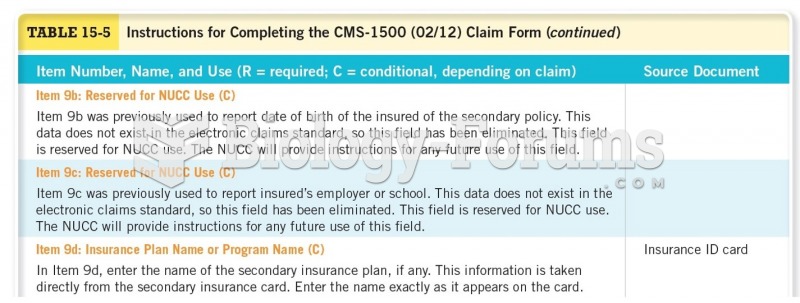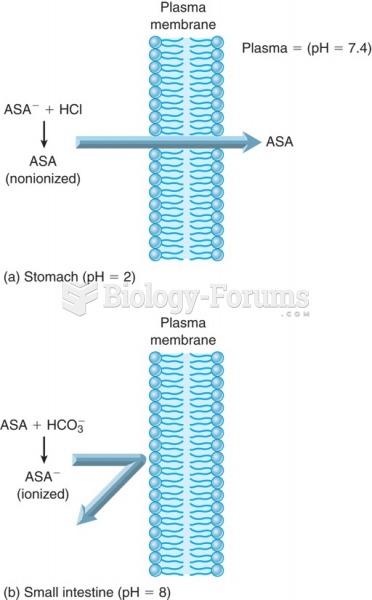(1) Readers now can obtain most books in either traditional printed form or electronic,e-book, form.(2) These two options differ in several ways. (3) The first difference is their portability. (4) Traditional printed texts can be bulky and heavy to lug around, especially when the reader wants to carry several books at one time. (5) E-books, on the other hand, are stored digitally in a slim, lightweight e-reader device such as a Kindle or iPad, so it's much easier for readers to transport multiple books. (6) However, unlike print books, e-books are not suitable for places like the beach or the bathtub, where e-reader devices could be damaged by water. (7) Another difference between printed books and e-books is their price. (8) Paper-and-ink books are usually more expensive because of the costs involved in printing, storing, and distributing them. (9) In contrast, e-books are delivered digitally, so they cost less. (10) A new book that's sold in print form for 24 .99 will typically cost only 9 .99 in e-book form. (11) A third difference between print books and e-books is readability. (12) Printed books, of course, can be read just about anywhere, but e-books are often difficult to see in brighter light outdoors. (13) Finally, the two options differ in terms of the reading experience they provide. (14) Despite the advantages of e-books, many readers still prefer the sensory pleasures of holding and turning the pages of a printed book, which are missing when reading a text on a screen. (15) Because the pagination of e-book texts differs from those of print texts, it's difficult to refer to specific page numbers during a class or book club meeting.
What two things are being compared and/or contrasted?
A) printed books and e-books
B) the Kindle and the iPad
C) reading outdoors and reading indoors
Question 2
(1) Readers now can obtain most books in either traditional printed form or electronic,e-book, form.(2) These two options differ in several ways. (3) The first difference is their portability. (4) Traditional printed texts can be bulky and heavy to lug around, especially when the reader wants to carry several books at one time. (5) E-books, on the other hand, are stored digitally in a slim, lightweight e-reader device such as a Kindle or iPad, so it's much easier for readers to transport multiple books. (6) However, unlike print books, e-books are not suitable for places like the beach or the bathtub, where e-reader devices could be damaged by water. (7) Another difference between printed books and e-books is their price. (8) Paper-and-ink books are usually more expensive because of the costs involved in printing, storing, and distributing them. (9) In contrast, e-books are delivered digitally, so they cost less. (10) A new book that's sold in print form for 24 .99 will typically cost only 9 .99 in e-book form. (11) A third difference between print books and e-books is readability. (12) Printed books, of course, can be read just about anywhere, but e-books are often difficult to see in brighter light outdoors. (13) Finally, the two options differ in terms of the reading experience they provide. (14) Despite the advantages of e-books, many readers still prefer the sensory pleasures of holding and turning the pages of a printed book, which are missing when reading a text on a screen. (15) Because the pagination of e-book texts differs from those of print texts, it's difficult to refer to specific page numbers during a class or book club meeting.
Does this paragraph compare, contrast, or both?
A) compares only
B) contrasts only
C) compares and contrasts






